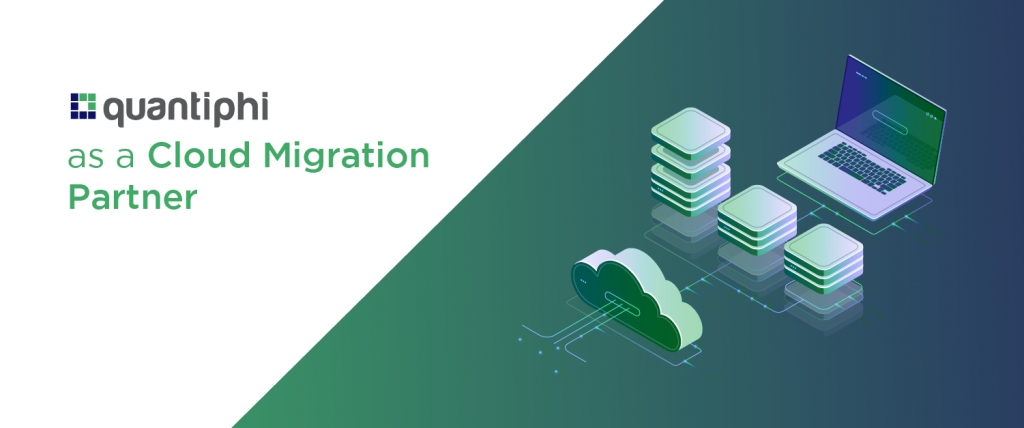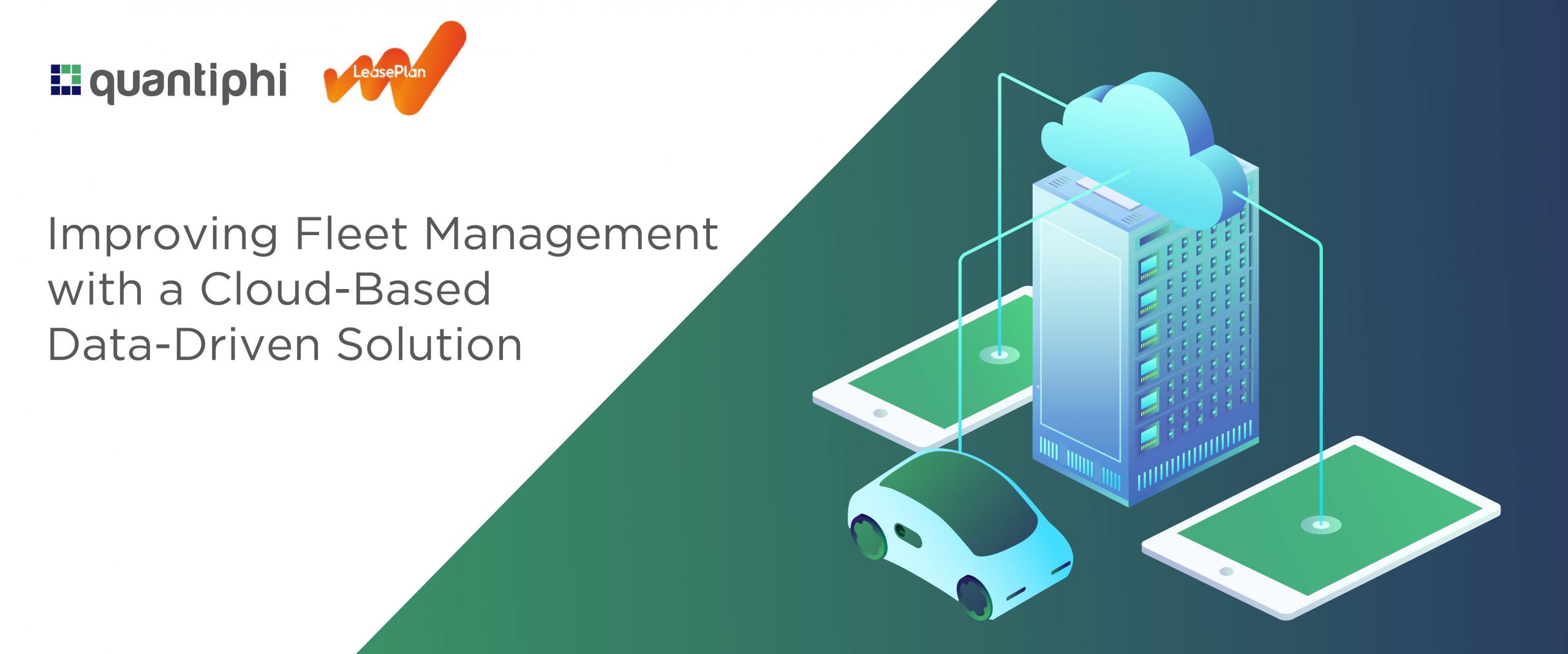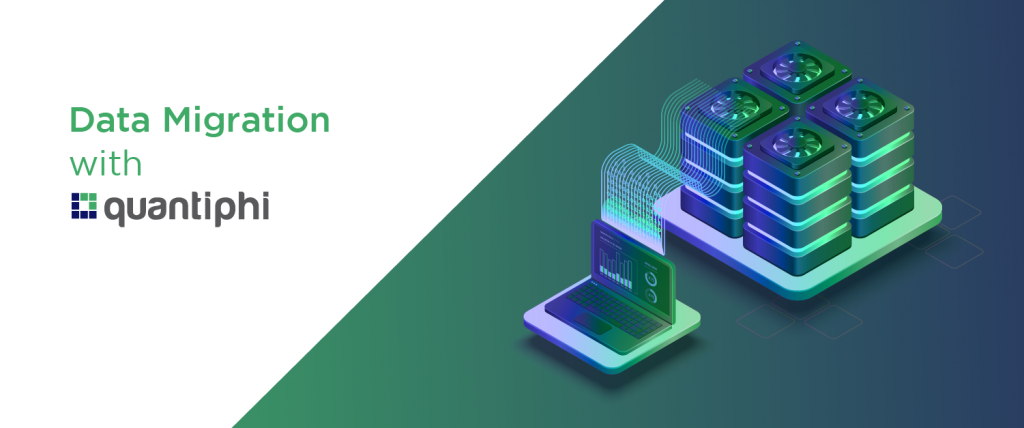Modernize IT infrastructure without interrupting your business with Quantiphi as your Trusted Cloud Migration Partner
Cloud Migration is the need of the hour in the business information system domain as it provides the much-needed services for the ever-changing business requirements. It has taken clear precedence over traditional on-premise hardware systems owing to its ease of use and the promise for adapting to changes in the future. Companies across industries are increasingly switching to cloud services for optimized reach, performance, and agility.
C-level executives are devising business-focused cloud strategies to migrate from the traditional on-premise set-up to a scalable and cost-effective cloud environment without hampering the existing business operations. They are seeking organizations that can understand the dynamics of their business and help them capitalize on new opportunities throughout their cloud journey.
Quantiphi enables its customers to achieve their cloud ambitions by leveraging our b ecosystem with the cloud partner – Amazon Web Services. As a Cloud Migration Partner, we have successfully delivered over 10 large scale Data Transformation and Digital Transformation Programs on cloud for enterprise-level customers in 4 continents – US, Europe, LATAM, and APAC.
We assess the risks and plan the milestones for each application’s successful migration to cloud without a considerable downtime. Our skilled professionals understand the big-picture for customers’ businesses that help not just align with the migration components but also the entire workload and its value for the customer. Here are the few common challenges facing companies:

When moving to Cloud, the common challenges faced with application, data and infrastructure modernization are:
- Application Modernization
- Slow Application Migration
- Difficulty in understanding the application codebase
- Data Migration
- Complicated data migration – The standard enterprise data warehouse migration can take anywhere between 10-12 months due to the manual processes
- Infrastructure Migration-
- Difficult to manage a complex infrastructure
Our Approach
Quantiphi’s proprietary approach confirms that your applications are fully inventoried, relationships are mapped, and technical requirements are scoped. We leverage 4R’s – Rehost, Refactor, Rearchitect and Reimagine of application modernization while building the migration strategy for our customers.

- Rehost – Rehosting an application is similar to the “Lift & Shift” approach. It takes the application and hosts it on the cloud as it is. The application and database remains the same but are migrated on the cloud. This approach is used for existing cloud-agnostic applications that do not require any modifications to run on the cloud.
- Refactor – Refactoring is the process of running applications on the infrastructure of the cloud provider. The functionality remains the same, but the application utilizes cloud managed services. This approach is used for existing cloud-agnostic applications that require some modifications to be hosted with Cloud Managed technologies.
- Rearchitect – Rearchitecting applications involves sweeping changes where an old monolithic application is completely revamped to a modern microservices based architecture.
- Reimagine – It involves reimagining current applications that become unsupported or outdated with the changing business processes and needs. A new code base is created in this process to align with a cloud-native approach.
Common challenges facing companies
Quantiphi has developed several in-house accelerators to expedite the migration journey for its customers at every step. Some of these accelerators which are used for application, data and infrastructure modernization are:
- Application Modernization –
- Custom-tailored Proprietary Code understanding frameworks
- Reusable code snippets and scripts
- Automated scaffolding for all the workloads
- Automated testing framework for applications
- Data Migration-
- Solution to expedite migration of the data warehouse, using secure, automated and scalable scripts
- Automated solution to build schema & data migration pipelines
- Infrastructure Migration-
- Ready-to-use IaaC components to reduce the infrastructure set-up time
- Automated CI/CD pipelines
These in-house solution accelerators provide a dynamic view of the application portfolio and derive the best-fit migration paths for the customer.
Quantiphi’s Cloud Migration best practices and Engagement models:
What best practices are our key to the win?
Quantiphi typically follows a 4 phased approach for engaging with new customers –
- Hack it – This typically comprises a 2-8 hr brainstorming session to perform total cost of ownership analysis and workshops to start your modernization journey. This session serves as an ideation point to identify business and IT requirements, priorities & constraints for the customer. This helps us establish an understanding of key aspirations of the customer.
- Prove it – Based on the assessment of current IT portfolio of applications for customer, we quantify the ROI of migration for business case and create a high level solution framework & detailed migration plan for customer
- Nail it – Post establishing the migration plan we develop & deploy batch of first mover applications as a part of Proof of Concept in a 4-12 week duration
- Scale it – Post a successful POC, we productionalize the deployed models to create an end to end solution, perform seamless cloud migrations and scale up functionalities for organizational impact towards- Cost Savings, Optimized environment, Increased productivity.








